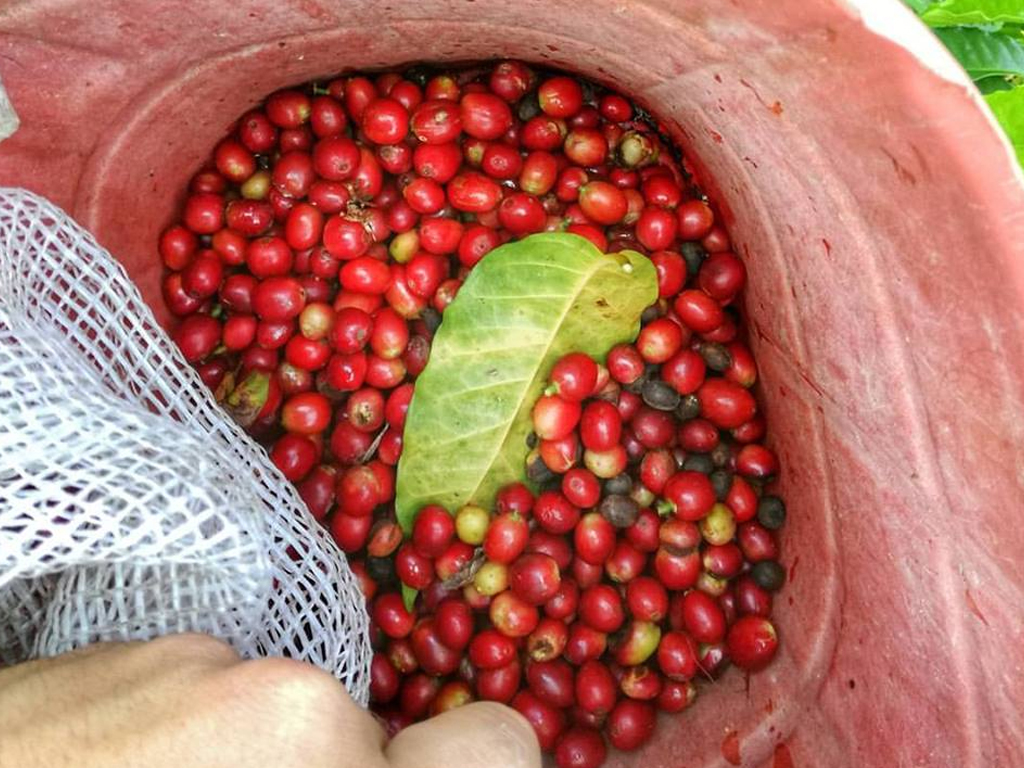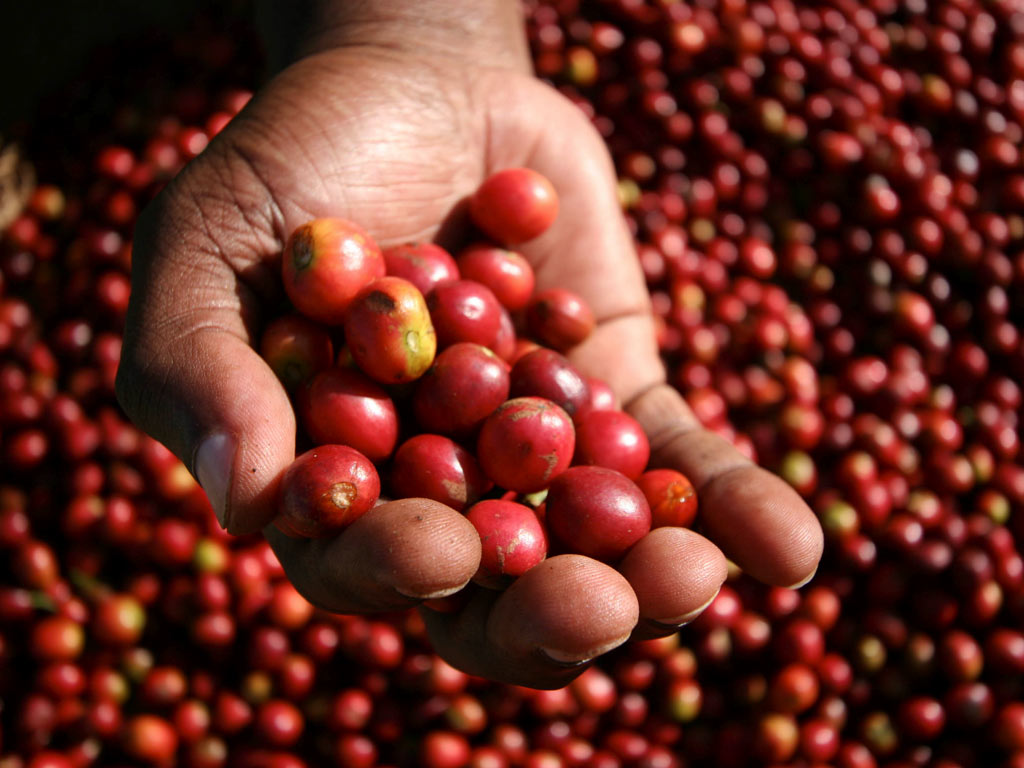Shopping Bag
0
- No products in the cart.




The goal of the washed process is to remove all of the sticky flesh from the coffee seed before it is dried. This greatly reduces the chance of something going wrong during drying, so the coffee is likely to be worth more. However, this particular process is much more expensive than the others. After picking, the coffee cherry has its outer skin and most of the fruit flesh stripped off using a machine called a depulper. The coffee is then moved to a clean tank or trough of water where the remainder of the flesh is removed by fermentation.
The fruit flesh contains a lot of pectin and it is firmly attached to the seed but the fermentation breaks down the remaining flesh enough for it to be washed away. Different producers use different amounts of water during the fermentation stage, and there are some environmental concerns about this method, partly due to the eventual fate of the waste water, which can be toxic.
The amount of time that fermentation takes depends on several factors including the altitude and ambient temperature. The hotter it is, the faster this can creep in. There are many different methods for checking whether the process is finished. Some producers rub the coffee as it will squeak if the fruit flesh has broken down, leaving the seed completely smooth. Others put a stick into the tank and if it stands up, supported by the slightly gelatinous water full of pectin, then the process is done. After fermentation, the coffee is washed to remove the leftover debris, then it is ready to be dried.
This is usually done in the sun by spreading out the coffee on brick patios or raised drying tables. In the same way as the natural method described above, the coffee must be turned regularly with large rakes to ensure slow and even drying. Where there is a lack of sunshine or excess humidity, some producers use mechanical dryers to dry the beans down to a moisture content of around 11–12 per cent.
In terms of cup quality, mechanical drying is often considered inferior to sun drying, and it seems that even drying in the sun on a patio may be too fast to achieve the best possible quality (see box ).
While many producers of high-quality coffee choose the wet process in an effort to reduce defect, it can also have an impact on the cup quality. Compared to other processes, wet-processed coffees tend to present a higher level of acidity, increased complexity and what is described as a cleaner cup. ‘Cleanliness’ is an important term used in coffee to indicate the absence of any negative flavours, such as off tastes or unusual harshness and astringency.












